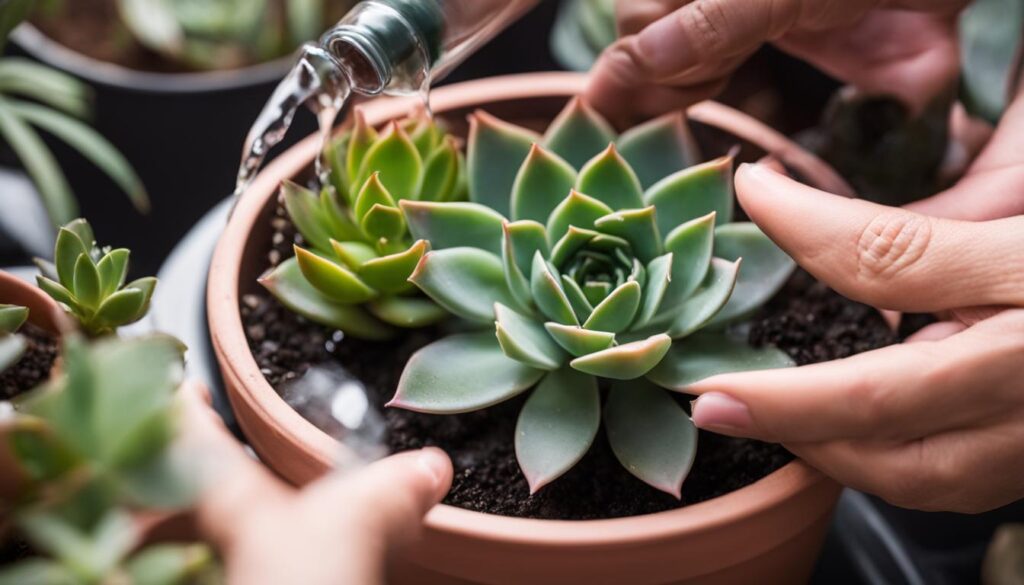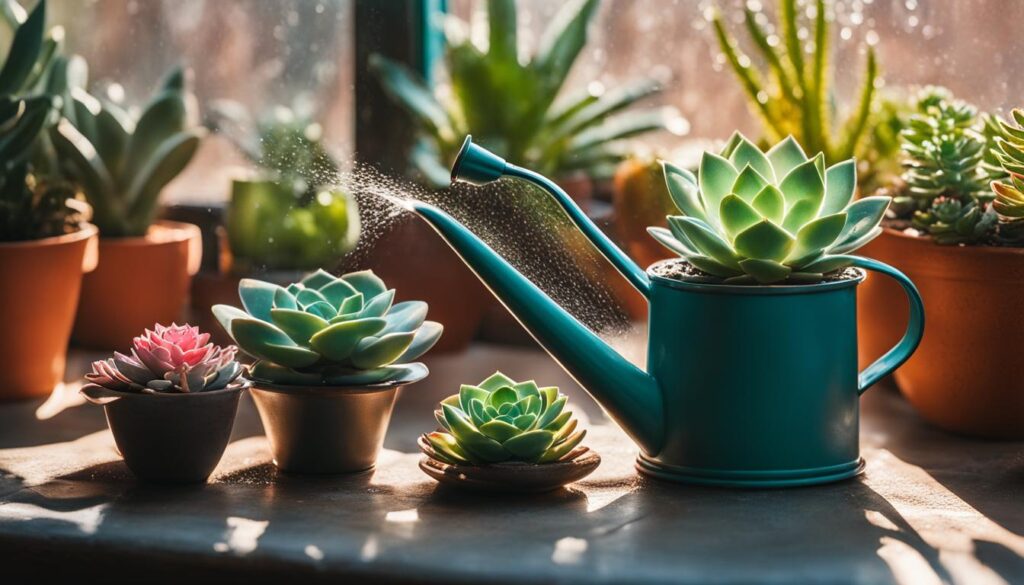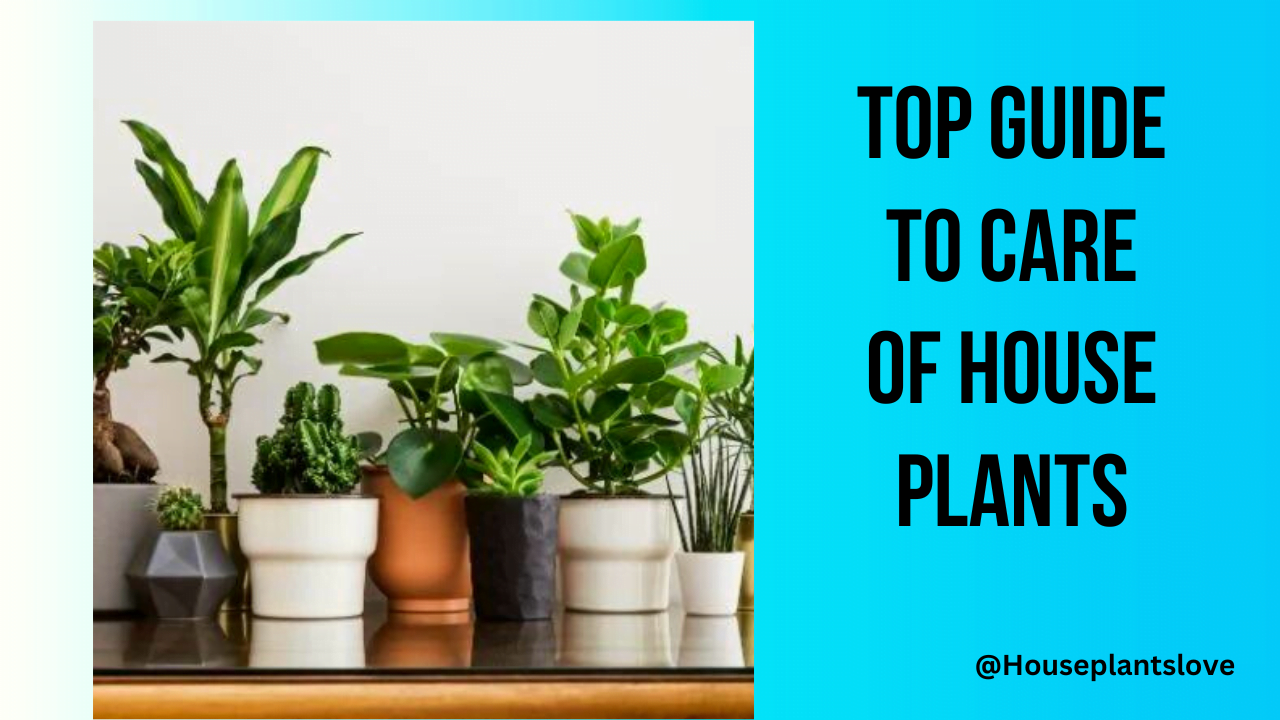Cacti & Succulent Indoor Plants, type, care, how to water, sunlight, propagate, types, pests, fertilizing
Welcome to our comprehensive guide on succulent care! Succulents are stunning indoor plants that have gained immense popularity in recent years. Their unique characteristics and low-maintenance nature make them a perfect choice for both experienced plant enthusiasts and beginners. In this article, we will provide you with essential care tips to help your succulents thrive and add a touch of beauty to your indoor space.
Whether you’re a succulent novice or have already developed a green thumb, this guide will equip you with the knowledge and expertise to provide your succulents with the care they need to flourish. We’ll cover topics such as different types of succulents, watering techniques, choosing the right soil, providing adequate light, seasonal care tips, dealing with pests, fertilizing for optimal growth, and overall succulent care guidelines.
So, if you’re ready to embark on a succulent-care adventure, let’s dive in and discover the secrets to maintaining healthy and thriving indoor plants. Whether you have a collection of succulents or are planning to add them to your home decor, this guide is your ultimate resource for succulent care tips and tricks.

Throughout this article, we’ll provide you with easy-to-follow instructions. So, grab your gardening tools and get ready to embark on a journey filled with greenery, beauty, and the joy of nurturing your very own indoor succulent garden.
Different Types of Succulents
Succulents encompass a vast array of plant species, including cacti, aloe, agave, sedum, echeveria, and many more. While all succulents have fleshy leaves and stems to store water, they vary in terms of their appearance and care requirements. It’s important to identify the specific type of succulent you have to provide it with the proper care it needs.
Here are some common succulent types and their characteristics:
| Succulent Type | Description |
|---|---|
| Cacti | These spiky succulents are known for their unique shapes and ability to survive in arid conditions. They come in various sizes and are ideal for desert-themed gardens. |
| Aloe | Aloe vera is a popular succulent known for its healing properties. It has long, pointed leaves with serrated edges and produces vibrant flowers. |
| Agave | Agave plants have thick, fleshy leaves arranged in rosette patterns. They come in different colors and sizes, and some species can grow to impressive heights. |
| Sedum | Sedums are versatile succulents that come in various shapes, sizes, and foliage colors. They are often used in rock gardens or as ground covers. |
| Echeveria | Echeverias are rosette-shaped succulents with plump leaves. They come in a wide range of colors and are popular choices for container gardening. |
Understanding the different types of succulents will help you tailor your care routine to meet their specific needs. Whether you have a cactus, aloe, agave, sedum, echeveria, or any other succulent variety, proper care will ensure their health and growth.
Watering Succulents
Succulents have unique watering needs that are crucial for their health and vitality. Proper watering ensures that they receive adequate moisture without the risk of overwatering, which can lead to root rot and other issues.
- Succulent Watering: Succulents should be watered about once a week during the growing season.
- Watering Schedule: Allow the soil to dry out completely between waterings to prevent overwatering.
- Overwatering: Avoid waterlogging the soil to prevent root rot and other problems.
The frequency of watering may vary based on your climate and the specific succulent species you have. It’s essential to observe the moisture level of the soil and the condition of your succulent to determine the appropriate watering schedule.
Remember that succulents are adapted to survive in arid environments, storing water in their leaves and stems. They prefer dry conditions and are more tolerant of underwatering than overwatering. Therefore, it’s better to underwater rather than overwater your succulents.
Signs of Overwatering
Overwatering can be detrimental to succulents, so it’s essential to be vigilant and recognize the signs. Here are some common signs of overwatering to watch out for:
- Yellowing or mushy leaves
- Wilting or drooping appearance
- Root rot with a foul smell
- Mold or mildew growth on the soil surface
If you notice any of these signs, it’s crucial to adjust your watering routine immediately. Allow the soil to dry out completely before watering again, and consider repotting your succulent if root rot is present.

| Succulent Species | Ideal Watering Frequency |
|---|---|
| Echeveria | Every 7-10 days |
| Crassula | Every 10-14 days |
| Sedum | Every 14-21 days |
| Aloe | Every 14-21 days |
This table provides a general guideline for the watering frequency of popular succulent species. However, it’s important to remember that individual succulents may have varying needs based on factors such as their size, environment, and overall health. Always observe your succulents closely and adjust the watering schedule as needed.
Choosing the Right Soil for Succulents
Succulents are unique plants that require well-draining soil to ensure their proper growth and health. The right soil composition is crucial for preventing waterlogging and root rot, both of which can harm your succulents. When selecting soil for your succulents, consider the following:
1. Succulent Soil
Succulent-specific soil mixes are readily available in nurseries and garden centers. These pre-packaged mixes are formulated to provide optimal drainage while still retaining enough moisture for succulents. They typically contain a combination of coarse sand, perlite, and peat moss to create a porous and well-draining medium.
2. DIY Potting Mix
If you prefer a DIY approach, you can create your potting mix by mixing regular potting soil with inorganic amendments. Start with a base of regular potting soil and add coarse sand or small pebbles to increase the overall porosity. Aim for a soil mixture that allows excess water to drain away quickly, preventing waterlogging.
Tip: A good rule of thumb is to use a mix that is 50% potting soil and 50% inorganic amendments, such as sand or pumice.
3. Well-Draining Properties
No matter if you choose pre-packaged succulent soil or create your own mix, the key is to ensure that the soil has excellent drainage capabilities. Well-draining soil prevents water from accumulating around the roots, reducing the risk of root rot and other moisture-related issues.
Succulents are adapted to survive in arid environments and thrive when provided with the right growing conditions. Remember to avoid using heavy clay soils or regular garden soil, as they tend to retain water and can suffocate the roots of your succulents.
4. Table: Comparison of Succulent Soil Options
| Succulent Soil Type | Advantages | Disadvantages |
|---|---|---|
| Pre-packaged Succulent Soil | Specifically formulated for succulents, ready to use | May be more expensive compared to DIY options |
| DIY Potting Mix | Cost-effective, customizable to your needs | Requires sourcing and mixing different ingredients |
Note: Regardless of the type of succulent soil you choose, it’s essential to use a well-draining pot or container to further promote soil drainage.
By choosing the right soil for your succulents, you’re setting them up for success. Well-draining soil that allows excess water to drain away efficiently helps prevent root rot and other moisture-related problems. Whether you opt for a pre-packaged succulent soil mix or create your own, the key is to ensure that the soil has excellent drainage properties. Take the time to provide your succulents with the right foundation, and they’ll reward you with their vibrant and healthy growth.
Providing Adequate Light for Succulents
Succulents thrive in bright light and have specific light requirements that contribute to their overall health and growth. Understanding the right amount and type of light is crucial for ensuring the vitality of your succulents.
Full Sun:
Succulents generally require at least 6-8 hours of direct sunlight per day to thrive. Full sun exposure allows them to photosynthesize effectively and maintain their vibrant colors. However, it’s important to strike a balance, as excessive heat and direct sunlight can cause sunburn or leaf scorching.
If you live in a region with intense or prolonged periods of hot weather, providing bright indirect light or partial shade to your succulents can help protect them from potential damage. This is especially true for succulents that have a more delicate or powdery foliage.
If you’re growing your succulents outdoors, carefully observe their response to the sunlight throughout the day. If you notice any signs of sunburn or stress, such as discolored or wilting leaves, consider providing them with a bit of shade during the hottest parts of the day.

For indoor succulent enthusiasts, finding the right spot that offers bright, indirect light is essential. Place your succulents near a window that receives a good amount of sunlight throughout the day. South-facing windows tend to provide the most light, but east and west-facing windows are also suitable, especially in areas with intense sun exposure.
Keep in mind that specific succulent species may have varying light requirements, so it’s important to research the needs of each succulent and adjust their placement accordingly.
Succulents and Artificial Light
If you don’t have access to natural sunlight or live in an area with limited light, you can supplement your succulents’ needs with artificial lighting. LED grow lights are a popular choice among succulent enthusiasts as they provide the necessary spectrum of light for optimal growth.
When using artificial lighting, it’s crucial to pay attention to the distance between the light source and your succulents. Position the lights approximately 12-18 inches (30-45 cm) above the succulents to mimic the intensity of natural sunlight. The duration of artificial lighting should match the recommended amount of sunlight for each succulent species.
Remember that each succulent has its own light requirements, so it’s essential to observe their response to both natural and artificial light and make adjustments accordingly.
Succulent Care During Different Seasons
Succulents have different growth patterns and care needs during different seasons. It’s important to understand these seasonal changes and adjust your care routine accordingly to ensure the health and vitality of your succulents.
Spring and Summer Care
During the spring and summer seasons, succulents enter a period of active growth. As the days get longer and temperatures rise, these plants require more water and nutrients to support their vigorous growth.
Succulent Care Tip: Increase the frequency of watering during these seasons, allowing the soil to dry out slightly between waterings. This will prevent overwatering while providing adequate hydration to your succulents. Additionally, consider fertilizing your plants every 4-6 weeks with a balanced succulent fertilizer to provide them with the necessary nutrients.
Fall and Winter Care
In the fall and winter, succulents enter a rest period characterized by slower growth. During these seasons, they require less water and sunlight as their metabolism slows down.
Succulent Care Tip: Reduce the frequency of watering during these seasons as succulents need less moisture. Allow the soil to dry out thoroughly between waterings to prevent waterlogging and potential root rot. Also, consider providing your plants with bright but indirect light to ensure they receive enough sunlight without the risk of sunburn.
To summarize, understanding the seasonal changes in succulent care is crucial for maintaining the health and well-being of your plants. By adjusting watering, nutrient, and light requirements based on the specific needs of each season, you can ensure optimal growth and longevity for your beloved succulents.
Dealing with Bugs and Pests on Succulents
While succulents are generally resilient to pests, they can still be susceptible to certain insects such as mealybugs, aphids, and spider mites. These common bugs can infest your succulents and cause damage if not addressed promptly.
To keep your succulents healthy and thriving, it’s important to regularly inspect them for signs of pest infestation. Look out for sticky residue, yellowing leaves, webbing, or tiny insects crawling on the plant’s surface. Taking early action can prevent the pests from spreading and causing further harm.
Here are some effective measures to control and prevent pest problems on your succulents:
- Manually remove bugs: Use a pair of tweezers or a cotton swab dipped in alcohol to gently remove individual pests from your succulents. This method is especially useful for larger insects or for manually removing heavily infested areas.
- Use natural remedies: Some natural ingredients can help deter and control succulent pests. Diluted dish soap or neem oil solutions can be applied to the affected areas of your plants, as they are known to be effective against common bugs.
- Resort to insecticidal solutions: If the infestation is severe and other methods haven’t been effective, you can consider using insecticidal soap or horticultural oil specifically formulated for succulents. Follow the instructions on the product carefully, as excessive use can harm your plants.
Remember to always perform a spot test on a small section of your succulent before applying any remedy or solution to the entire plant. This will help ensure that the treatment does not cause any adverse effects.
Prevention is key when it comes to succulent pests. Here are a few preventive measures you can take:
- Keep your succulents clean: Regularly remove dead leaves and debris from the soil surface to minimize hiding places for pests.
- Quarantine new plants: When introducing new succulents to your collection, keep them isolated from the rest of your plants for a few weeks to monitor for any signs of pests.
- Adjust watering practices: Overwatering can attract pests, so be sure to follow the recommended watering schedule for your succulents. Allow the soil to dry out between waterings to discourage pest infestation.
By regularly inspecting your succulents for pests, taking appropriate measures for control and prevention, and providing them with optimal care, you can ensure that your succulents remain healthy and free from common bugs.
Fertilizing Succulents for Optimal Growth
Succulents do not require heavy fertilization, but they can benefit from occasional feeding. Providing the right nutrients can promote healthy growth and vibrant colors in your succulents. It is important to choose a balanced succulent fertilizer that provides equal proportions of nitrogen, phosphorus, and potassium. These three macronutrients are essential for succulent growth and overall plant health.
When fertilizing succulents, it is crucial to follow a proper fertilizing schedule. Applying fertilizer too frequently or in excessive amounts can lead to problems such as burnt leaves or weak growth. Avoid over-fertilizing and follow the recommendations for your specific succulent species.
Fertilizing Schedule for Succulents
The frequency of fertilization will depend on factors such as the type of succulent, the potting mix used, and the environmental conditions. In general, it is recommended to fertilize succulents once or twice a year during the growing season, which is usually in the spring. This is when succulents are actively growing and can benefit the most from additional nutrients.
Here is a simple fertilizing schedule for succulents:
- Fertilize your succulents with a balanced fertilizer in the spring when the growing season begins. Use a liquid or slow-release granular fertilizer specifically formulated for succulents. Follow the manufacturer’s instructions for the appropriate application rate.
- Avoid fertilizing succulents during the fall and winter months, as they enter a period of dormancy. During this time, they require less water and nutrients.
- Resume fertilizing in the following spring to provide your succulents with the necessary nutrients for healthy growth.
Remember to always assess the condition of your succulents and adjust the fertilizing schedule accordingly. If your succulents show signs of nutrient deficiencies or poor growth, consider increasing the frequency of fertilization, but do so gradually to avoid overloading the plants with nutrients.
| Fertilizing Succulents | Best Practices |
|---|---|
| Use a balanced fertilizer | Choose a fertilizer with equal proportions of nitrogen, phosphorus, and potassium to provide the necessary nutrients for succulent growth. |
| Follow a fertilizing schedule | Fertilize your succulents once or twice a year during the growing season, which usually occurs in the spring. Avoid fertilizing during the fall and winter months. |
| Avoid over-fertilization | Applying too much fertilizer can lead to burnt leaves or weak growth. Follow the recommended application rate and adjust as needed based on the condition of your succulents. |
Succulent Care Tips for Thriving Plants
Aside from the specific care tips mentioned earlier in this succulent care guide, there are some general guidelines that can help ensure the health and vitality of your succulents. First, avoid overcrowding your succulents in a pot or garden. These plants need space for proper air circulation, which aids in preventing fungal diseases and promotes overall growth.
Regular inspection is crucial for maintaining the health of your succulents. Take the time to check for any dead or damaged leaves and promptly remove them. Not only does this improve the appearance of your plants, but it also helps mitigate the risk of pests and diseases. By pruning away the damaged foliage, you allow your succulents to redirect their energy to healthy new growth.
Lastly, it’s essential to familiarize yourself with the specific needs of each succulent species you have. While all succulents share some similarities in care, they can differ in terms of light requirements, water needs, and temperature tolerances. By understanding these differences, you can provide tailored care that ensures optimal health and longevity for your succulents.
FAQ
What are succulents?
Succulents are trendy plants that come in a wide variety of sizes, shapes, and colors. They are known for their ability to retain water in their fleshy leaves and stems, making them low-maintenance plants suitable for both indoor and outdoor settings.
What are the different types of succulents?
Succulents encompass a vast array of plant species, including cacti, aloe, agave, sedum, echeveria, and many more. While all succulents have fleshy leaves and stems to store water, they vary in terms of their appearance and care requirements. It’s important to identify the specific type of succulent you have to provide it with the proper care it needs.
How often should I water my succulents?
Succulents should be watered about once a week during the growing season, allowing the soil to dry out completely between waterings. Overwatering can lead to root rot and other issues, so it’s essential to avoid waterlogging the soil. The watering frequency may vary depending on the climate and the specific succulent species you have.
What kind of soil should I use for succulents?
Succulents require well-draining soil to prevent water from sitting around their roots. It’s recommended to use a potting mix specifically formulated for succulents or create your own mix by adding sand or small pebbles to regular potting soil. This helps create a more porous growing medium that allows excess water to drain away efficiently.
How much light do succulents need?
Succulents thrive in bright light and require at least 6-8 hours of full sun per day. However, excessive heat and direct sunlight can cause sunburn or scorching on their leaves. It’s important to find a balance and provide them with bright indirect light or partial shade, especially if you live in a hot climate. If growing succulents indoors, place them in a spot with bright, direct sunlight.
How do I care for succulents during different seasons?
Succulents have different growth patterns and care needs during different seasons. During the spring and summer, when they are actively growing, succulents need more water and nutrients. In contrast, in the fall and winter, they enter a rest period and require less water and sunlight. Adjust your care routine accordingly based on the seasonal changes to promote optimal growth.
How do I deal with bugs and pests on succulents?
While succulents are generally resilient to pests, they can still be susceptible to certain insects such as mealybugs, aphids, and spider mites. Regularly inspect your succulents for signs of infestation and take appropriate measures to control and prevent pest problems. This can include manually removing bugs, using natural remedies, or resorting to insecticidal solutions when necessary.
Should I fertilize my succulents?
Succulents do not require heavy fertilization, but they can benefit from occasional feeding. Use a balanced fertilizer with equal proportions of nitrogen, phosphorus, and potassium during the spring to promote healthy growth. However, be cautious not to over-fertilize, as excessive nutrients can lead to issues like burnt leaves or weak growth. Follow a fertilizing schedule appropriate for your specific succulent species.
Any additional care tips for succulents?
In addition to the specific care tips mentioned above, there are some general guidelines to keep in mind for overall succulent care. Avoid overcrowding your succulents in a pot or garden, as they need space for proper air circulation. Regularly inspect and maintain the health of your succulents by removing any dead or damaged leaves. Finally, familiarize yourself with the specific needs of each succulent species you have to ensure their optimal health and longevity.




